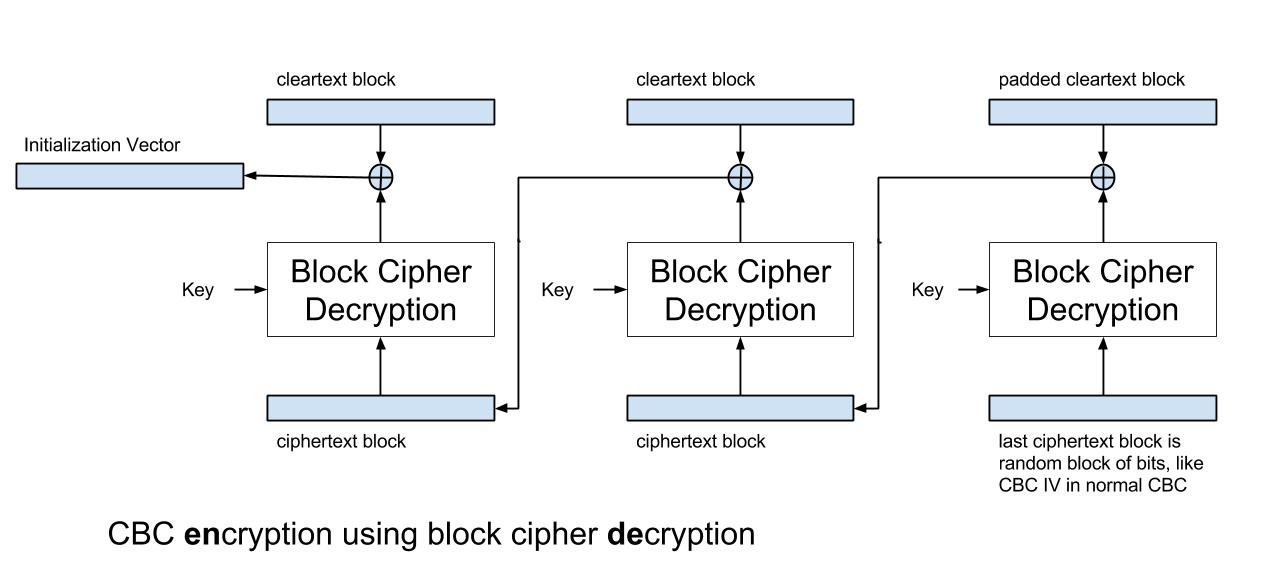What is this method/algorithm/construction called?
Dunno; this is a new one on me.
Is it as secure as CBC implemented the normal way?
Should be. Modeled as an abstract 'take plaintext, output ciphertext' model, this method (with a random last ciphertext bits) has precisely the same ciphertext output distribution as CBC mode (with a random IV), and so from that standpoint, it's just as good. And, I don't see any extra side-channel type attacks (that is, attacks that listen into the encryption procedure).
Do the normal rules for CBC IV apply to the last ciphertext block or not?
Actually, lesser restrictions apply. With the standard CBC mode implementation, you need to generate the IVs unpredictably (if you don't, there are possible chosen plaintext attacks). With this, you need only uniqueness (and please don't deliberately copy a previous ciphertext block) in the random last ciphertext bits. That can be seen by looking at the block cipher as a random Oracle; as long as the last ciphertext block hasn't been seen before, then the attacker will have no information on resulting 'encryption' of that block (other than that it's a value he hasn't seen before); as long as you're under the Birthday Bound, you don't have to accidentally reissuing a ciphertext block. Hence, while using a counter to generate IVs with the standard CBC mode is a Really Bad idea, it's actually safe here.


